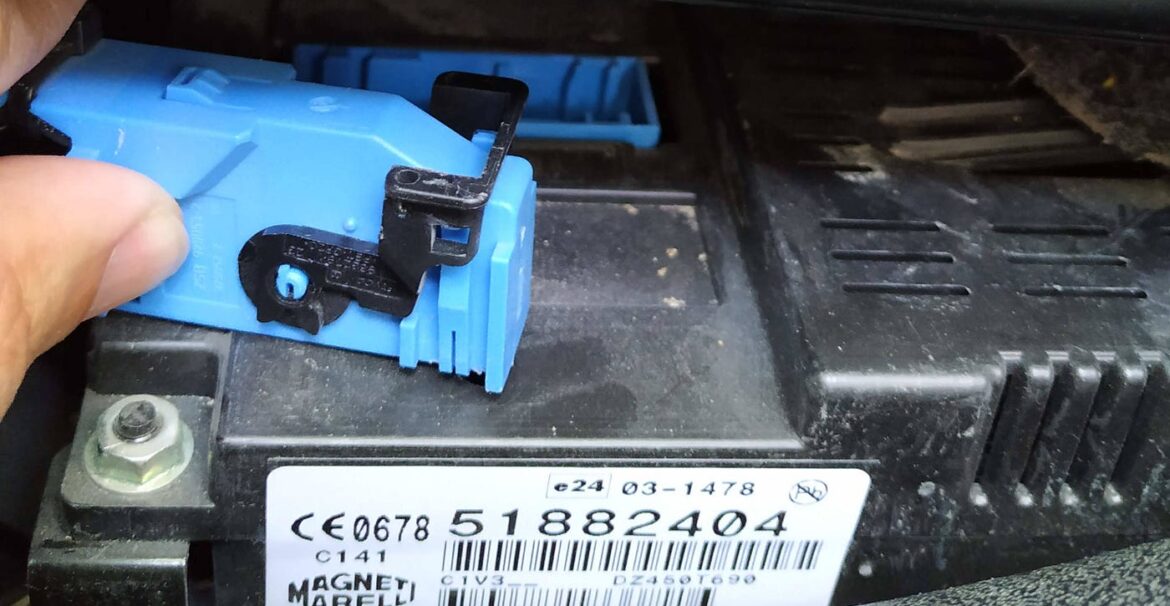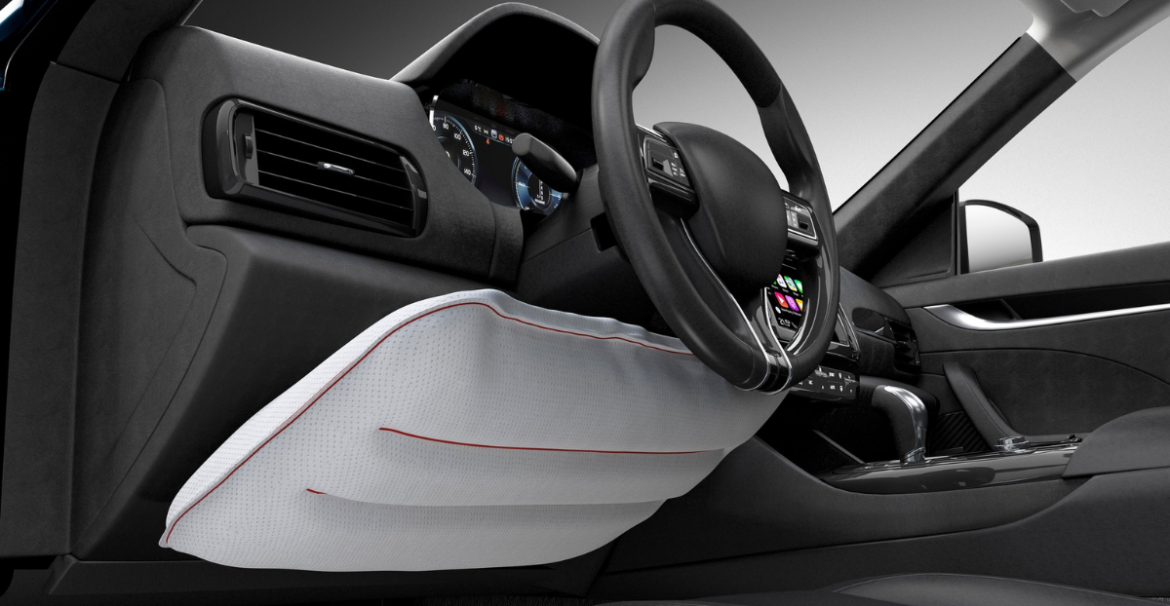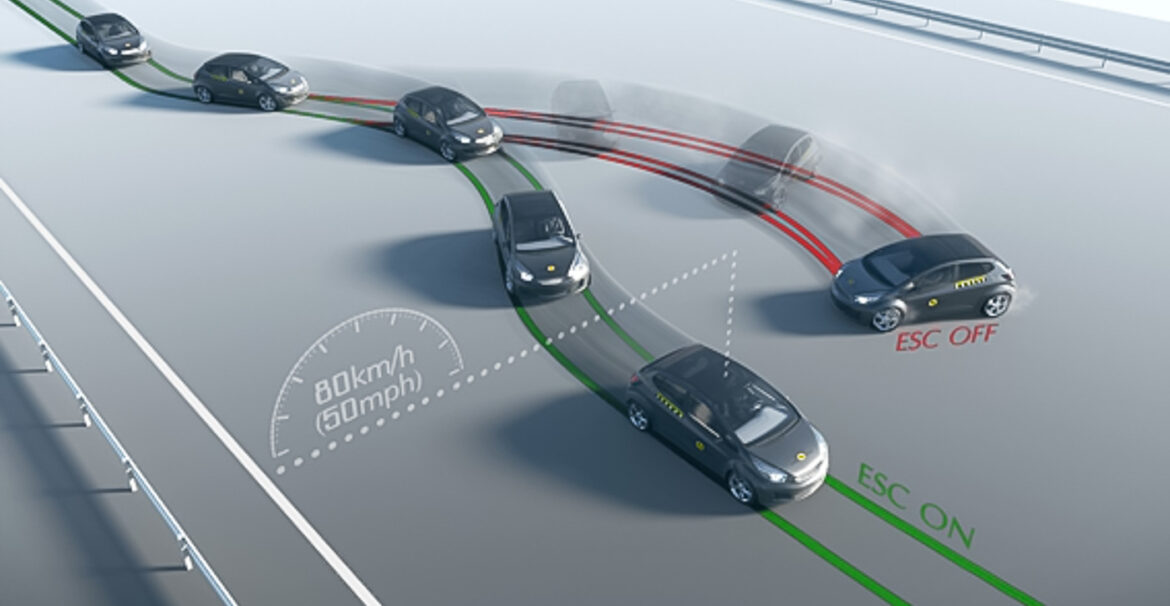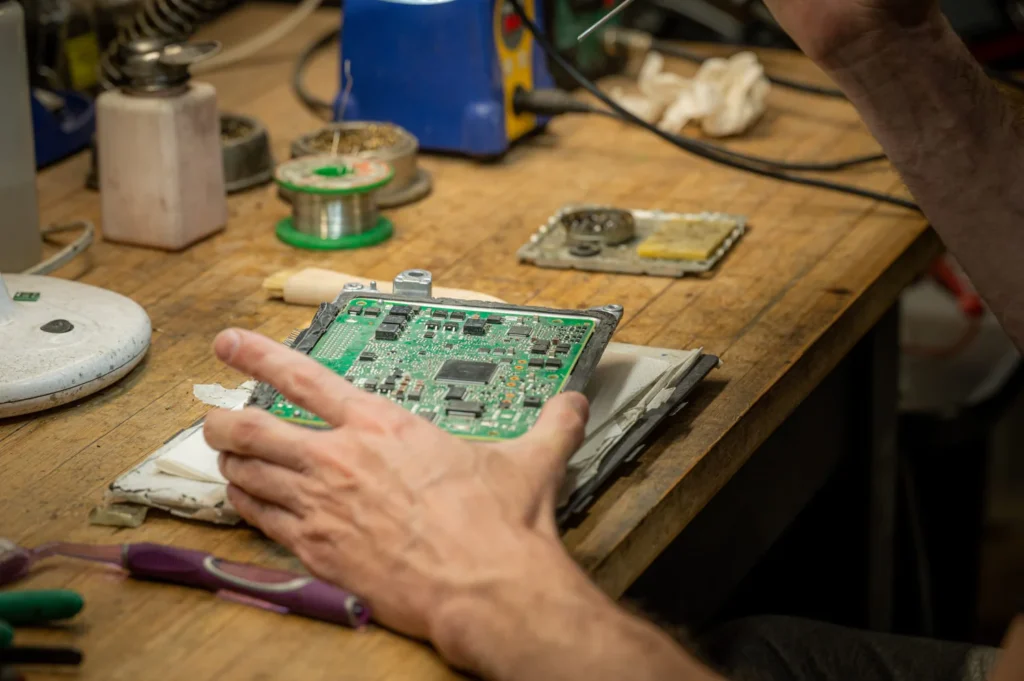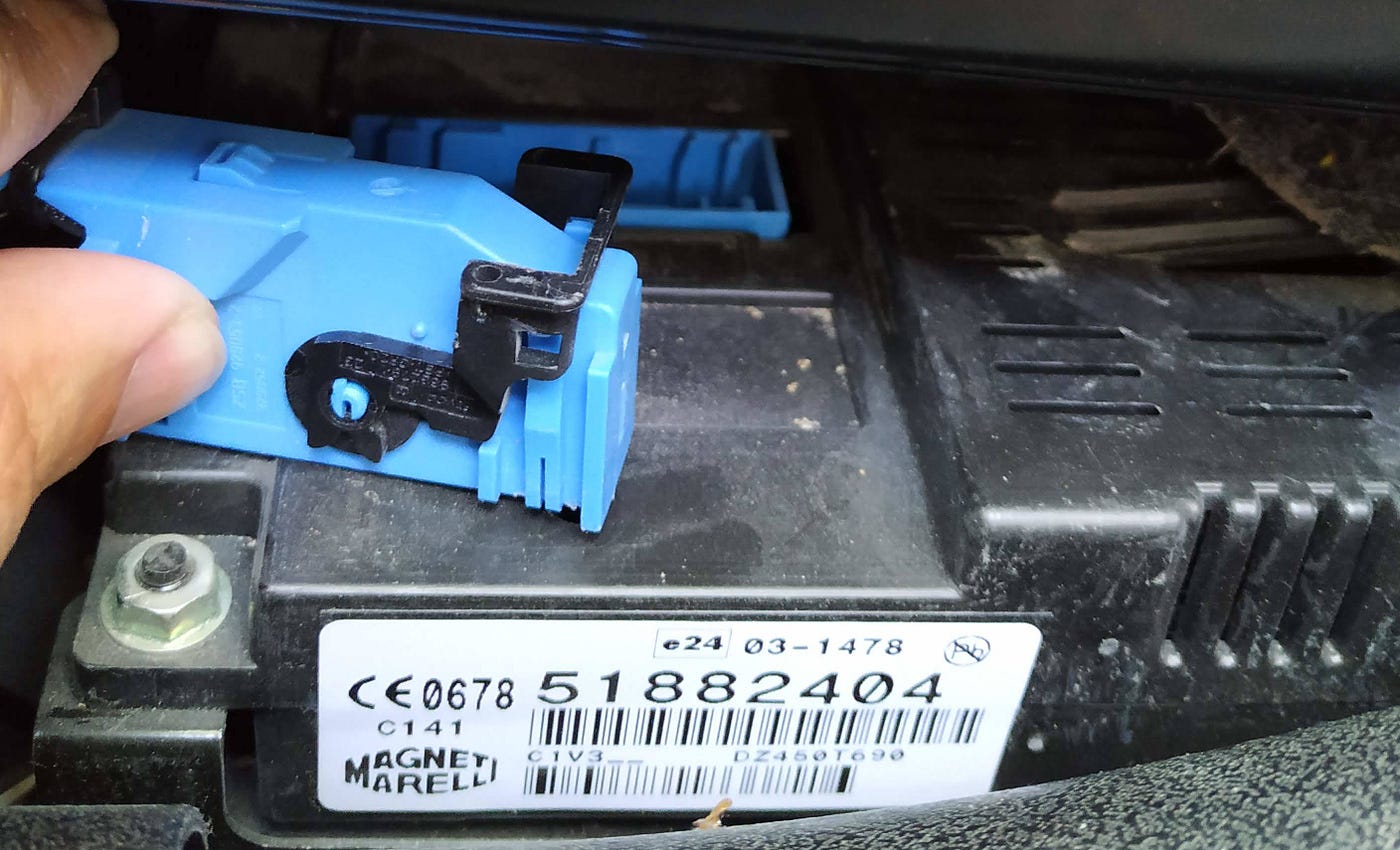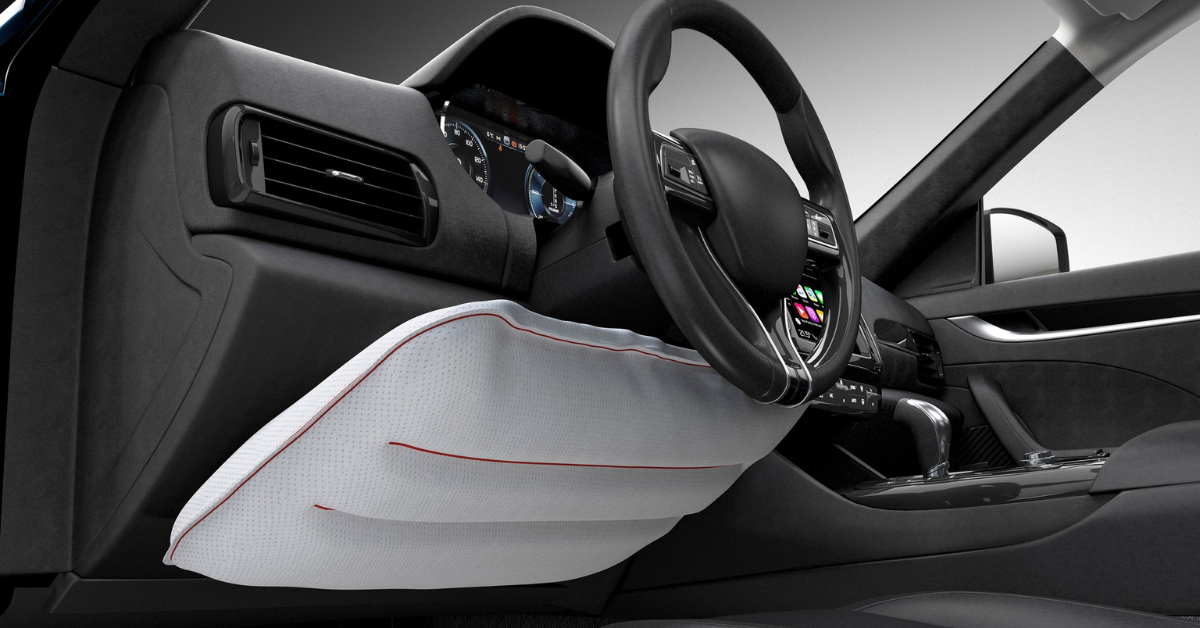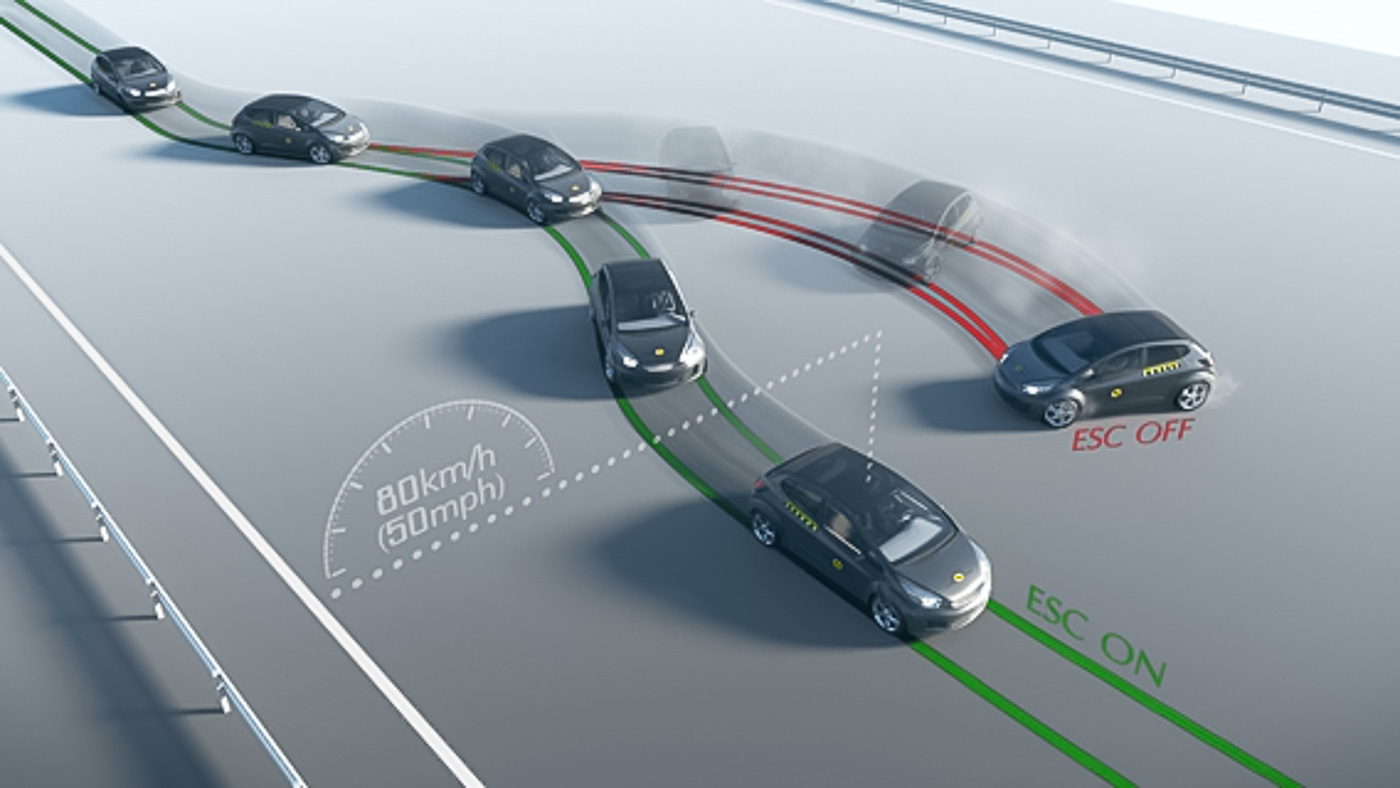Introduction to Vehicle Control Systems
Modern vehicles are equipped with numerous electronic systems designed to enhance functionality, safety, and comfort. Among these systems is the body control module, an essential component that helps manage and control various functions within a vehicle. This critical module is part of the car’s overall electronic control system and plays a criticall role in ensuring all electronic features work seamlessly together. Understanding the functions and importance of this module provides valuable insights into vehicle maintenance and operation.
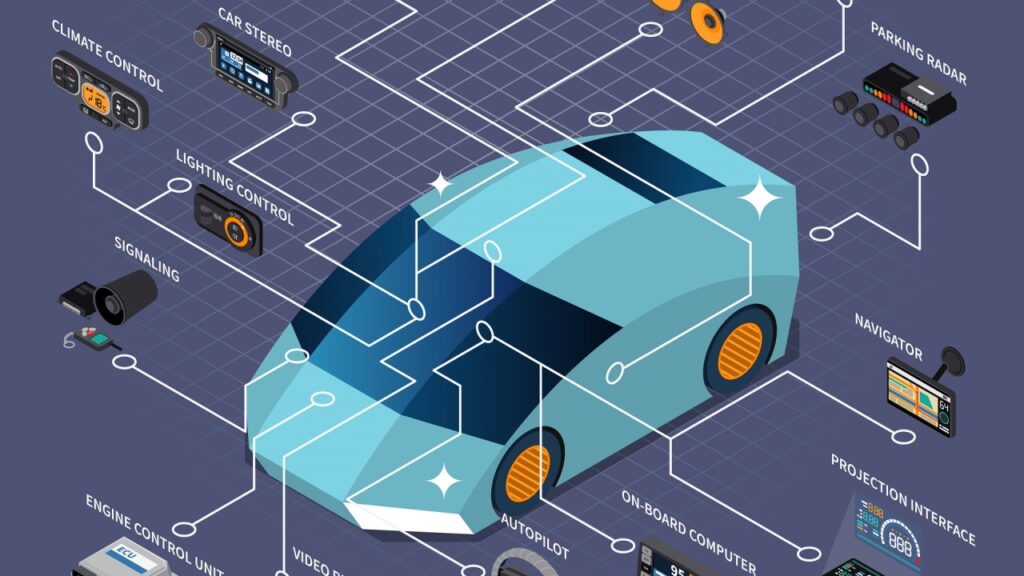
The module is responsible for regulating a wide range of non-engine operations within a vehicle. It oversees electronic components such as power windows, door locks, interior and exterior lighting, and even climate control systems. Essentially acting as the central “brain” for these systems, the module processes information from various sensors and switches to ensure everything operates smoothly and efficiently. By coordinating these functions, the module enhances the driving experience by providing convenience and ensuring safety features work correctly.
How the Module Interacts with Other Systems
Integration with other vehicle systems is a crucial aspect of the body control module’s functionality. It communicates with the vehicle’s central computer, sharing data with the engine control module, transmission, and other critical systems. This communication ensures that every electronic function works in harmony, such as ensuring the headlights automatically turn on in low-light conditions or activating the windshield wipers in response to rain. The seamless interaction between these systems is vital for maintaining the vehicle’s overall performance and reliability.
Diagnosing and Troubleshooting Module Issues
Like any electronic component, the module can experience malfunctions or failures. Common symptoms of a failing module include inconsistent operation of power-operated features, such as windows failing to open or close, doors not locking or unlocking as expected, or lights that behave erratically. Diagnosing issues with the module usually involves using advanced diagnostic tools to scan and identify error codes. Addressing these issues promptly with the help of a professional can prevent minor problems from escalating into more significant concerns that might impact vehicle safety and functionality.
Importance of Maintaining the Module’s Health
Maintaining the health of the body control module is vital for optimal vehicle performance. Regular vehicle maintenance, which includes checking electronic systems and ensuring all software is up-to-date, can help prolong the lifespan of the module. Staying vigilant for any signs of malfunction and addressing them swiftly protects the vehicle’s systems and enhances the overall driving experience. With proper care and attention, this module continues to manage critical systems efficiently, ensuring that the vehicle remains reliable and comfortable for years to come.


